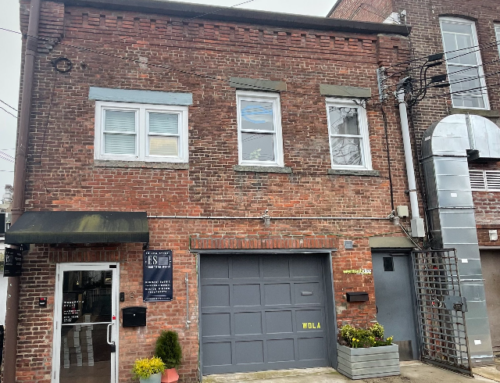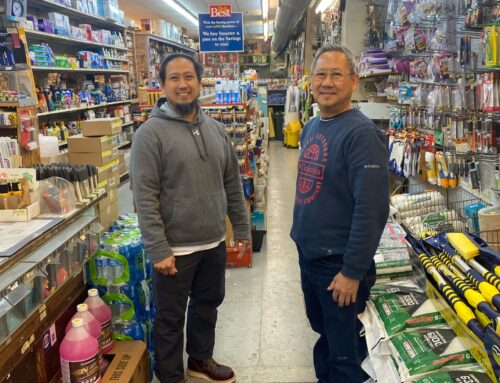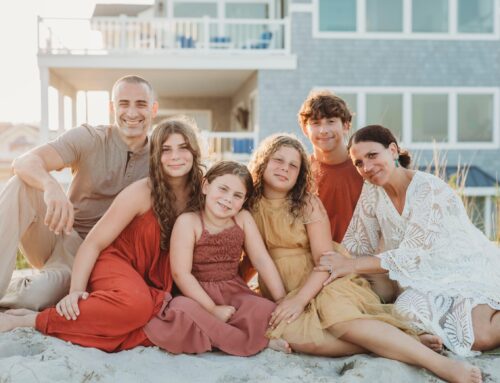
Nyack will soon host a monument to the painful period of history when African slavery was a global industry. Later today, November 18, 2014, at 1p, representatives of the Toni Morrison Society will be joined by Mayor Jen Laird-White, Nyack Public Schools Superintendent Dr. James Montesano and other local civic leaders in Memorial Park to announce the installation of a commemorative bench to honor Underground Railroad conductor Cynthia Hesdra. Toni Morrison, the Nobel Prize winning author and Grand View-on-Hudson resident, will be invited as a special guest at the dedication ceremony on May 18, 2015.
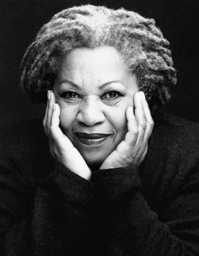
“There is no place you or I can go, to think about or not think about, to summon the presences of, or recollect the absences of slaves . . . There is no suitable memorial, or plaque, or wreath, or wall, or park, or skyscraper lobby. There’s no 300-foot tower, there’s no small bench by the road. There is not even a tree scored, an initial that I can visit or you can visit in Charleston or Savannah or New York or Providence or better still on the banks of the Mississippi. And because such a place doesn’t exist . . . the book had to” (The World, 1989).
The compelling comment became a call to action for the Toni Morrison Society. In 2006, the Bench by the Road Project was established and the metaphor was made real. Nyack will be the 14th bench location around the globe.
Other sites include:
Sullivan’s Island, South Carolina, site of Fort Moultrie, the embarkation point of nearly 75% of the slaves who entered America in the 18th and 19th centuries.
Oberlin, Ohio, a community active in the clandestine resistance to slavery called the Underground Railroad.
Fort-de-France, Martinique, in honor of the 100th anniversary of the birth of Aimé Césaire.
Concord, Massachusetts: The Walden Woods “Bench by the Road” Project honors former slave and Revolutionary War hero Brister Freeman, along Henry David Thoreau’s Path.

Mitlof, who passed away in April 2014, had established several historic markers, in addition to the shrine, that traced the path and celebrated the conductors of the Underground Railroad in Nyack. The Underground Railroad is a euphemism to describe a series of clandestine sanctuaries, located in private homes and other structures throughout the United States. The escape route allowed slaves to flee their captors in slave-holding states in the years before the Emancipation Proclamation was signed by in 1863 by Abraham Lincoln. Contemporaneous accounts and current scholarship cite Nyack as an important Underground Railroad location.
Even though Mitlof never claimed that his shrine was an actual Underground Railroad location, the absence of the building, with its signage visible from Main Street, created a void. Furthermore, the demolition of the shrine was a painful reminder of the 1960s urban renewal project in Nyack that destroyed dozens of homes and displaced a vibrant African American community that lived in the area between Main Street, Depew Avenue, Broadway and Franklin Street.

The group resolved to harness the urgency that the loss of the Underground Railroad shrine represented and create a permanent monument. The Nyack Commemoration Committee was created by a resolution adopted at the April 10, 2014 meeting of the Village of Nyack Board of Trustees. I was later asked to serve as Chair.
The mission of the Nyack Commemoration Committee is to create a public commemoration of the experiences and contributions of African Americans in the Nyacks. This commemoration would be in the form of a substantive display in a public space, that would accommodate individuals and families who might want to comfortably linger to reflect on and celebrate local African American history.
The Bench by the Road Committee of the Toni Morrison Society approved the application submitted by the Nyack Commemoration Committee. The committee is composed of:
- Village of Nyack Mayor, Jen Laird White
- Bill Batson, co-publisher, NyackNewsAndViews
- Anngela Vasser-Cooper, Women’s Veterans Association of Hudson Valley, Inc.
- Constance L. Frazier, Retired Assistant Superintendent of Schools
- Frances Pratt, President, Nyack NAACP
- Willie Trotman, President, Spring Valley NAACP
- Winston Perry, President Historical Society of the Nyacks
- Wylene Wood, President African American Historical Society of Rockland County.

Louisiana State University Associate Professor Lori Burns Martin, who was raised in South Nyack, was responsible for having a section of Piermont Avenue renamed Cynthia Hesdra Way in 2010. She also authored the only scholarly account of Hesdra’s life, The Battle Over the Ex-Slave’s Fortune: The Story of Cynthia Hesdra. Afro-Americans in New York Life and History and the book, The Ex-Slave’s Fortune.
The proposal calls for:
- A multimedia presentation in the Nyack Center describing the backstory of the other 13 benches, so that our community can learn about the national and global context of this initiative.
A procession to the Hudson River, in the manner of the African Maafa ritual (pronounced Me aapha) that commemorates the traumatic legacy of African slavery, the diaspora and the middle passage. Marchers will carry yellow umbrellas and throw flower pedals into the Hudson River, a body of water that empties into the ocean that separates North America and Africa and to the North, carried escaping slaves to Canada and freedom.
- A dedication ceremony in the upper level of Memorial Park where a drum circle will be formed around the perimeter of the park.
- The location where the bench will be unveiled is Memorial Park near the section of Piermont Avenue renamed Cynthia Hesdra Way, overlooking a parcel of land owned by Hesdra at the point where the Nyack Brook meets the Hudson River.
Toni Morrison Society founder Dr. Carolyn Denard, who serves as Dean of Connecticut College and her colleague Delaware Valley College, Assistant Professor of History and Policy Studies, Dr. Craig Stutman came to Nyack on October 20. Their first order of business was to attend a meeting with Nyack Public School’s superintendent, Dr. James Montesano and his key administrators. The Nyack Commemoration Committee selected a school day for the dedication ceremony so that public school students could play a central role in the installation of the bench. The meeting produced a collaboration that will introduce students in Nyack to the life and work of Hesdra and Morrison and the history of the Underground Railroad. The bench will also become a landmark that this current cohort of students can return to for the rest of their lives and proudly proclaim that they helped erect.

In Nyack and 13 other communities around the world, the Bench is more than simply a perch from which to feed pigeons, or a place to make a bucolic retreat. Our bench by Cynthia Hesdra Way will be, as Morrison said, “a place to think about or not think about, to summon the presences of, or recollect the absences of slaves,” and to honor the woman who risked her hard-won liberty and prosperity to shepherd others to freedom.
During the Civil Rights Movement, normally innocuous public accommodations, like water fountains and bus seats, were transformed by courageous action into powerful symbols of resistance to racial oppression in America. The Toni Morrison Society’s Bench by the Road Project similarly modifies the meaning of the mundane park bench.
Special thanks to Enid Mastrianni
Bill Batson is an activist, artist and writer who lives and sketches in Nyack, NY. “Nyack Sketch Log: Toni Morrison’s Bench by the Road” © 2014 Bill Batson.
Nyack Sketch Log is published every Wednesday at www.NyackNewsAndViews.com

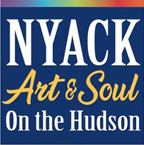





 A procession to the Hudson River, in the manner of the African
A procession to the Hudson River, in the manner of the African

